The COVID-19 pandemic heavily impacted national economies all around the world. For countries where the economic situation isn’t necessarily ideal—like the Philippines—the significant stall in development has been detrimental. Despite this, the Philippine economy has increased in the world competitiveness ranking, climbing four spots. Currently, the Philippines holds 48th place out of 63 countries. Although, the country still has ways to go since it’s still second-to-last in Asia-Pacific economies according to the global competitiveness index.
All things considered, the signs and trends point to a positive trajectory for the Philippine economy.
ADB forecasts robust growth
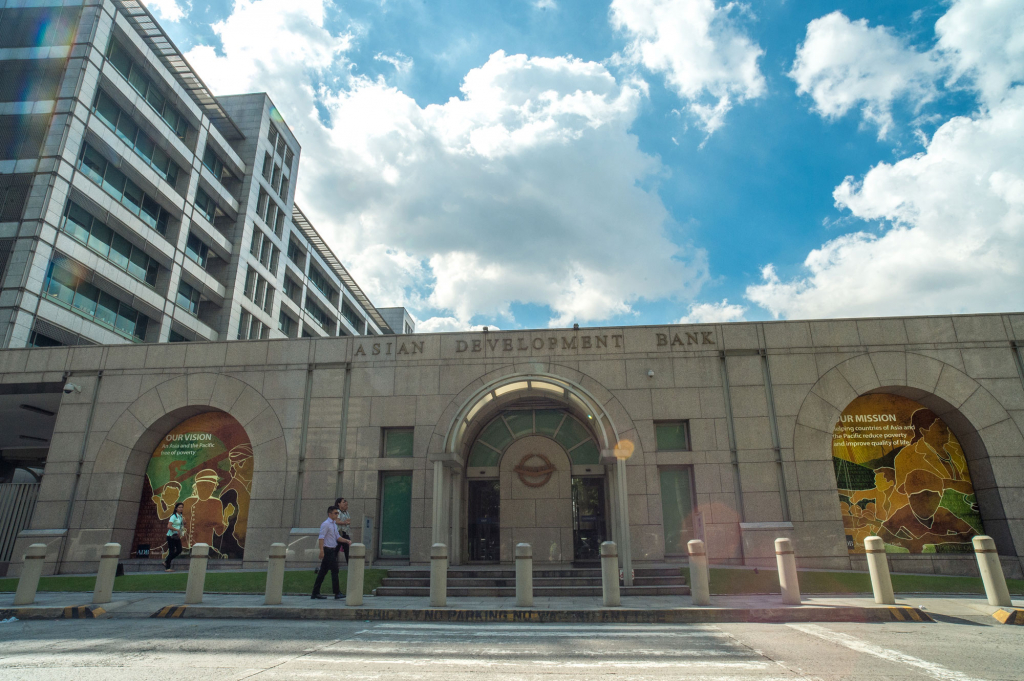
According to the Asian Development Bank’s (ADB) report “The Asian Development Outlook (ADO) 2022 Supplement,” the Philippine economy will grow at least 6.5% within the year. This is higher than the bank’s forecast of 6% earlier in the second quarter of 2022.
This upward movement is a pleasant surprise to investors, business people, and the Filipino people at large. To keep the momentum going, analyzing the reasons behind the enhanced economy is imperative.
ADB Philippines Country Director Kelly Bird said, “The Philippine economy’s growth momentum has accelerated close to its ideal growth path. “Strong domestic demand supported by a pick-up in employment and remittance inflows, private investment expansion, and large public infrastructure projects will underpin the country’s recovery from the economic impact of the pandemic.”
Factors behind the economic growth
Relaxed COVID-19 restrictions

The pandemic spurred some of the most rigid lockdowns and restrictions in recent Philippine history. The economy suffered tremendously as workers and consumers were sequestered at home. Coming to grips with the pandemic and having effective pandemic response measures have helped the country’s economy recover.
With COVID-19 vaccinations rolled out more widely, the government has gotten the chance to ease restrictions in early 2022. The economy-boosting demographic (adolescents, workers, and consumers) were primarily the ones getting inoculated, and that has reopened businesses and income streams for businesses and companies.
Additionally, the relatively mild health impacts from the Omicron variant have allowed a rapid resumption of operations for most businesses. As such, the unemployment rate is down to 6% from last year’s 7.7%, coming closer to pre-pandemic levels.
Sustained public spending
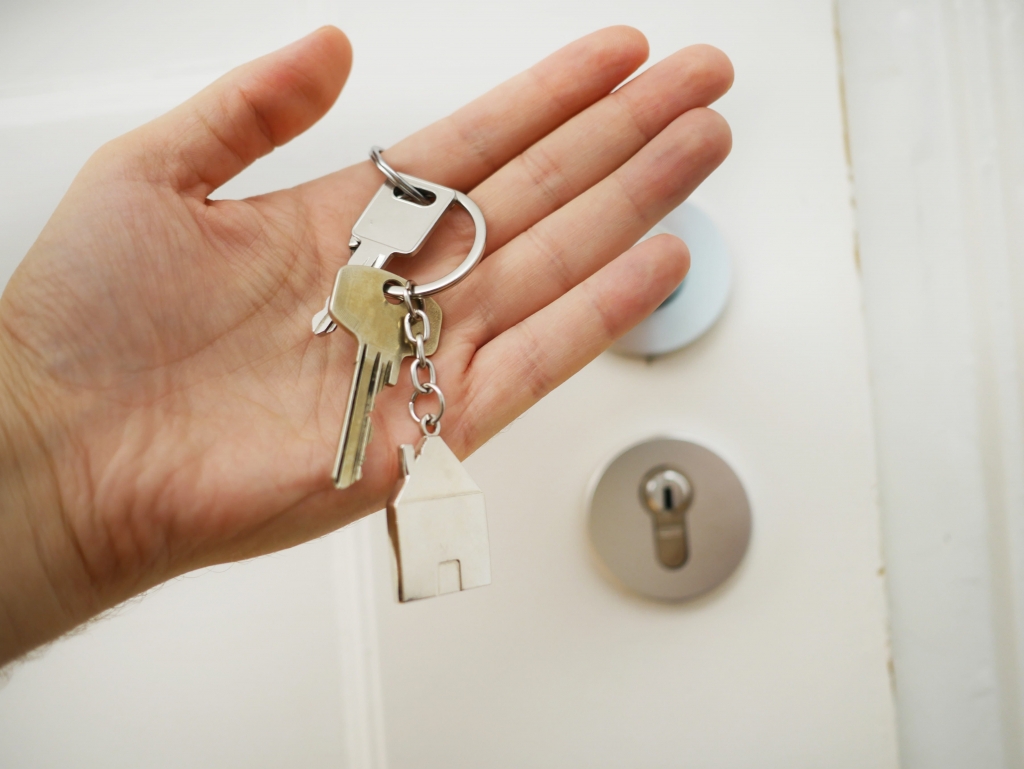
Tourism and private investments have bolstered Philippines’ economy in line with restrictions being lifted. Spending on leisure, restaurants, and travel skyrocketed in the first half of 2022. Household consumption rose to 9.3%, a dramatic increase from 0.9% in the same period in 2021. Additionally, remittances from OFWs have empowered Filipino families to invest in assets that provide high returns, such as stocks and real estate. Higher sustained spending, coupled with increased spending power, is one of the most significant contributors to GDP growth within that timeframe.
Increased services output

The service sector was one of the few industries that experienced a notable improvement. Services output grew 8.7% in the first half of 2022. Consequently, this has generated an additional 5.7 million jobs in a single year, mainly in retail and wholesale trade. This contributed to a steady increase in national employment, increasing the GDP even further.
International investments
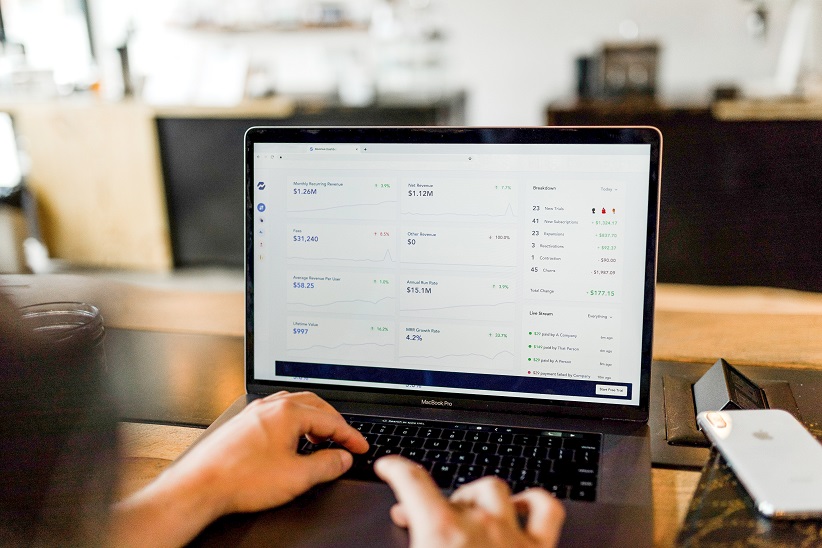
In a bid to encourage more investments, there have been policy reform measures to ease rules on foreign equity ownership. Moreover, these reforms seek to lower the minimum paid-up capital of foreign retailers. In fact, capital goods imports rose to a double-digit pace by the start of 2022.
Banks also reported the most considerable annual increase in bank lending in nearly two years. Most of the lending have been allocated to foreign direct investments, which are focused mainly on the utilities and manufacturing sectors. These investments are expected to generate more jobs and ramp up the country’s export capabilities.
Implications of the forecasted GDP growth
As we reach the tail end of the year, it is essential to consider how there are still risks to GDP growth. For one, there may be sustained elevated global commodity prices, sudden slowdowns in major industrial economies, and unfortunate financial downturns.
All things considered, the GDP outlook remains optimistic for the remainder of the year and even into 2023. Bird goes on to say, “Nearly all indicators point to higher growth for the Philippines this year and in 2023, barring the impact of external factors from geopolitical tensions that may dampen growth globally, including in the country’s key export markets, Europe and the United States.”
The growth projection for 2023 is currently at 6.3%, but to ensure that the Philippine economy stays on track, stringent measures and support must be implemented.
Bird adds, “Policies to build the resilience of micro, small, and medium-sized enterprises (MSMEs), which play a vital role in the country’s economic recovery, should be strengthened to support the sector’s digital transformation, business innovation, and skills development.” To this end, the national government is promoting skills building and employment generation through programs like Skills Up Net Philippines, which they’re partnering with ADB for.
Optimizing Public-Private Partnerships
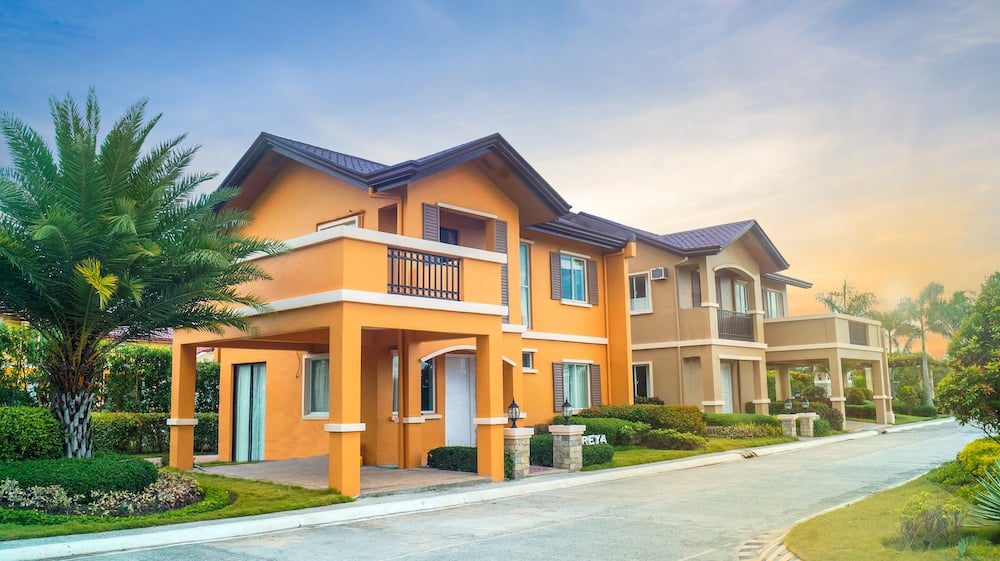
There also needs to be an optimization of public-private partnerships. The administration has begun to take steps toward this, evident in the promotion of investments in energy, water, telecommunications, transportation, and infrastructure. The government is planning to maintain public spending on priority projects under the “Build Build Build” initiative, which includes thoroughfares and infrastructure that transect and lead to Vista Land developments, in particular, Camella . These would then equip Filipinos with the tools and framework to raise productivity, which would trickle up to the national GDP.
The positive GDP growth forecast by ADB is a good and reliable signifier of where the Philippines is headed post-pandemic. Now is the best time to begin investing and putting down roots, so you can see your assets grow and appreciate.
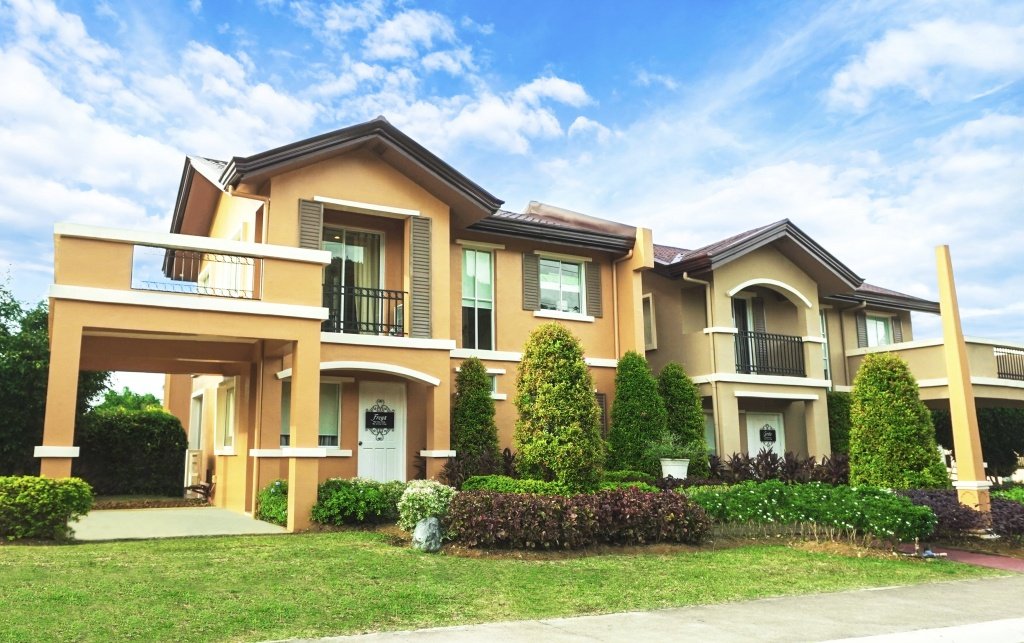
Check out our Houses for sale in the Philippines
Discover our house and lot for sale in the Philippines


